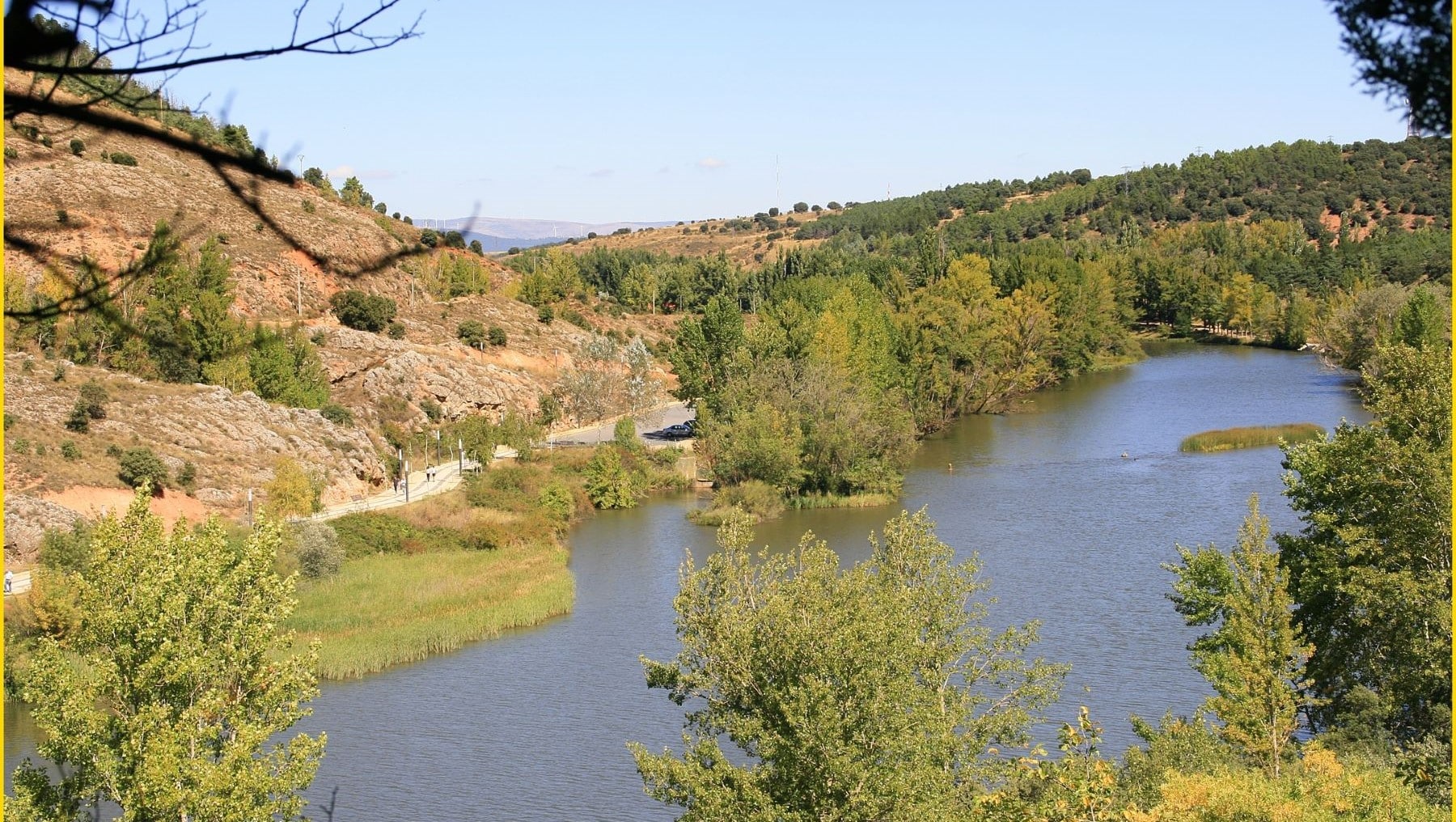He Duerouro Corridor is one of the most important territorial elements for the biodiversity of the Iberian Peninsulaso the need to create a cross -border ecological observatory is undeniable to know ecological and landscape wealth. This was done through the OET OET OET OET OET OREGY.
All information collected will be analyzed to Identify the most important areas, the corridors or ecological obstacles that run through the study territory And it will be collected on a digital platform, this will allow consultation, interaction and data updating.
Therefore, a Cross -border ecological observatory by all agents in the territory involved and that, in addition, it will be updated and expanding periodically. This project also foresees renaturalization actions at specific points located in Portugal and Spain.
What is the Oet Durius European project?
The city of Salamanca hosted this week a Oet Durius European Project Work Meetingwhose main objective is to create an ecological observatory around the Duero River. The initiative has the participation of different entities in Spain and Portugal and takes place within the European Interreg VI-A Spain-Portugal (Poctep) 2021-2027 program.
Es undeniable ecological and landscape wealth that has been fruitful over time around the Duero Riverjunction and connection between Spain and Portugal. Maintaining that diversity of ecosystems is essential to guarantee the sustainability of the territory and to be able to achieve it, it is necessary to know it first hand, study and analyze it.
This is one of the main challenges of European Oet Durius project, in which eight entities in Spain and Portugal participate. From Spain the Santa María la Real Foundation, the Iberian Association of Ribereños del Duero (AIMRD), the EEICE efficient habitat cluster, the Vice -Rectorate for Research and Transfer of the University of Salamanca and the City of Zamora and the Zamora City Council.
Together with Elos, other Portuguese entities: Palombar – Nature Conservation Association and Rural Heritage; Douro Intermunicipal Community (CIM DOURO) Y Intermunicipal Community Tras The Mountains (CIM-TTM). Representatives del Consorcio reunit this week in the school arzobispo Fonseca de Salamanca to advance in the design of activities and actions during this year.
Duero Transboundary Ecological Observatory
The first step for the implementation of the cross -border ecological observatory is being the analysis of ecosystems and their connectivity around the Duero. What are the key species? What are the most important areas for biodiversity? Are they connected? How do human activities and infrastructure affect the connectivity of the territory?
Starting from these initial analyzes, a selection of representative species will be made, identifying their fundamental areas or core areas, possible connection halls and the points that constitute an obstacle to these movements. It is impossible Act on all the species or ecosystems of the Duerotherefore, the areas of action are being delimited and prioritized, through their analysis and conversation with the agents involved.
“We want to know if ecological connectivity of the territories linked to the Duero is idealthat is, to know if the different species that inhabit can communicate, relate and live or if, their natural connection steps have been interrupted by roads, cities or other structures, ” those responsible for the project point.
With all the information collected, will enable a digital platform, a graphic viewfinder that will allow consultation, interaction and data updatingthat is, a cross -border ecological observatory will be created, which will be extended gradually and will be defined in the following phases of the project.
Renaturalize the banks of the Duero
Together with the research, the collection of information and the creation of the Digital Observatory, Oet Durius also contemplates the performing of small renaturalization actions, both in the Spanish zone and in the Portuguese of the Duero.
What will they consist of? These are small actions aimed at the recovery of important elements, both for the conservation of cultural landscapes and biodiversity: Traditional stone walls, boundaries, small wetlands, abbrevics and fountains, forest, grassland areas or areas of interest for pollinators …
They will be carried out in spaces of natural interest and susceptible to improvement in territories on both sides of the border. Actions, in short, that serve to improve the favor biodiversity and ecological connectivity of the territories along the Duero Corridor.
The consortium meeting has advanced in the establishment of joint guidelines to address the new phases of workelaboration of action plans, strategies and actions whose results will be integrated into the observatory.
Likewise, the future communication actions and initiatives for participation and integration in the project of different social agents. It should be remembered that the European Oet Durius project has a budget of 1,573,013 euros, financed at 75% by the Interreg VI-A Spain-Portugal program (Poctep) 2021-2027.

